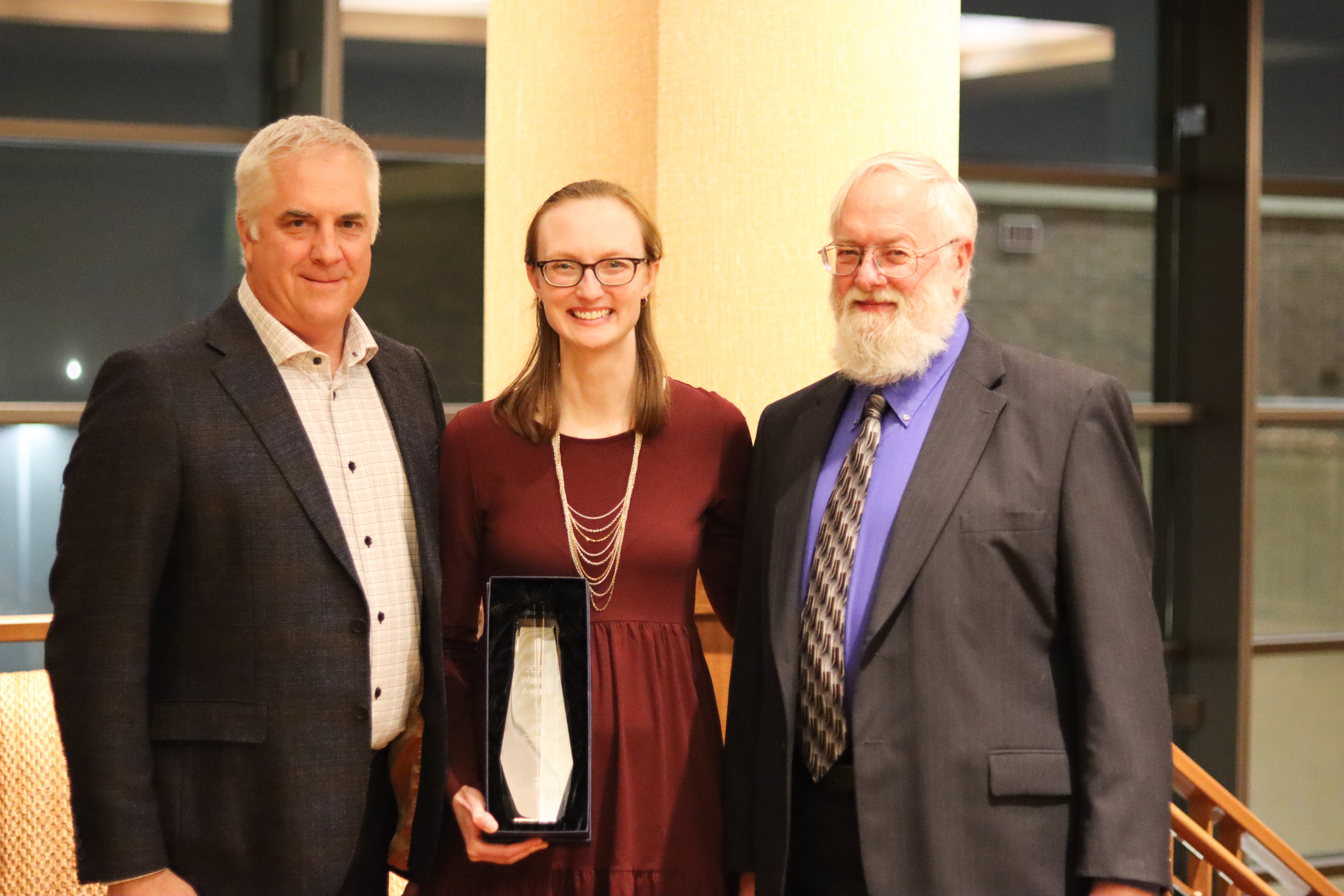Windblown snow on large, flat industrial, warehouse, and commercial roofs adds heavy, concentrated weight at the drift locations. Many older facilities may not be structurally designed to support this weight, which can lead to localized damage and potential collapsing of the roof. Is your facility at risk?

What To Look For
Snow drifts form where there is a change in roof height or a rooftop obstruction. Windblown snow, either from the high side or the low side of the change in height or obstruction, collects on the low side and forms the drift. Some examples of this condition include: a roof step from one part of a building to the next, parapet walls, mechanical rooftop units, penthouses, and canopies. If your facility has any of these (chances are it does), it is likely that your roof is subject to snow drift load. Furthermore, if your facility was built before the mid-1980s, when snow drift design became required in most local building codes, chances are it wasn’t structurally designed to support the snow drift load.
Building modifications (such as additions/expansions) and features added after the original construction (including mechanical rooftop units, penthouses, and canopies) also puts your facility at risk. You may be creating a snow drift condition that would not otherwise exist and, therefore, your facility is not structurally designed to support it.
Mitigation Options
If your facility has areas where snow drifts can form, there are a number of strategies available for mitigating localized roof damage and collapse. Perhaps the least costly option is to institute a snow drift monitoring program—after a significant snow or winter wind event, the roof could be inspected to look for snow drifts at known, susceptible areas. If a significant drift is found, consideration can be given to removing or redistributing part of the snow load before the next snow or windstorm adds even more snow load to the drift. Another option is to structurally reinforce the roof framing at a snow drift area to ensure it has the required capacity to support current building code-prescribed snow drift load.
As a structural engineer, I am able to visually survey your building roof to determine if you have snow drift-susceptible areas, review drawings of your building to determine if snow drift was accounted for in the structural design, determine how much snow drift load a roof can safely handle, and offer necessary solutions.















